Background and Benefits
Background and Benefits
Canola Background
- Canola is a special type of oilseed rape (rapeseed) that has less than 2% erucic acid in the oil.
- This allows canola oil to be used as a cooking oil and the meal as a high quality protein for livestock.
- In 1985, the FDA ruled that rapeseed oil (Canola) is safe for human consumption.
- Canola oil contains 6 percent saturated fat, the lowest level of any available vegetable oil.
- The United States currently imports 2 million acres of production each year.
- Winter canola is under USDA oil seed crop price support program.
U.S. Canola Acreage - 2009
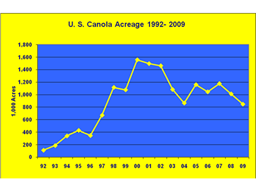
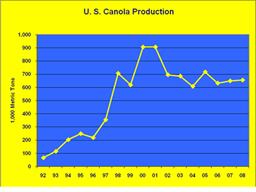
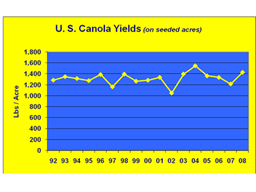
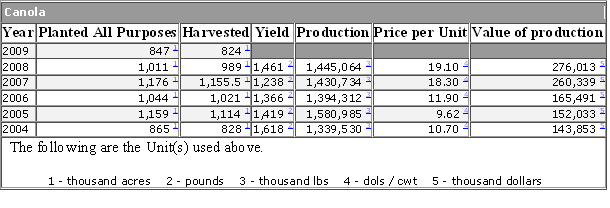
Canola Oil
- Rapeseed oil (non edible) was used in lamps and as a lubricant in steam engines in naval and merchant ships.
- Canola oil (edible) contains two polyunsaturated fatty acids that are essential in our diets.
- Seed contains approx. 40% oil.
- One bushel (50 lbs) makes 2.2 gals of edible oil.
- Some other canola products include: suntan oil, margarine, shortening, hydraulic fluids, biodiesel, creamers, fabrics, cosmetics, mayonnaise and printing inks.
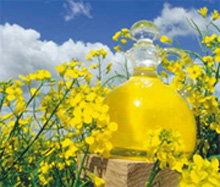
Canola Meal
- Contains a minimum of 34% protein. Second only to high protein soybean meal at 47%.
- Sold as mash or pellets.
- Used for people food, fish, animals and fertilizer for mushroom growers.
- Excellent for dairy cattle.
- Some products include: cake mixes, frozen foods, bread, livestock feed, poultry feed, pet food, fish food, fertilizer.
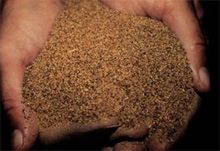

Canola Seed
- Canola was derived from the rapeseed plant using traditional plant breeding methods.
- There are between 60,000 and 165,000 seeds per pound depending on cultivar.
- Seeding rate is 3.5 to 6 lbs per acre.
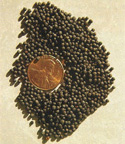

Major Canola Benefits
- Provide the Oklahoma Wheat Grower with a winter broadleaf rotational crop.
- Allow clean up of difficult to control broadleaves and grasses in current wheat production areas.
- Produce a profitable alternative crop.
- Potentially improve yield and quality of winter wheat planted after a canola rotation.
Benefits for Developing Canola for OK
- Canola would give wheat growers the opportunity to produce a commodity that is not tied to the grain market. Sorghum and corn are both tied to the wheat market. Canola is tied to an oil-seed market.
- The use of current small grain equipment reduces investment costs.
- A rotational will help break up pest cycles.
- A canola rotation provides an opportunity to control difficult grass weed species found in wheat.
- Potentially improve yield and quality of winter wheat planted after a canola rotation. Limited research has shown a 15% increase in winter wheat yields following canola.
- Development of energy markets.
Effects of Canola on Subsequent Crops
Positive Impact
- Excellent rotational crop for wheat. See a reduction in wheat diseases because canola is not a host for cereal diseases.
- Canola actually kills certain cereal pathogens such as take-all root rot due to release inhibitory compounds during decomposition.
- Commercial field data from Canada confirm wheat yield increase following canola.
Negative Impact
- Canola provides less trash cover than average cereal crop. Less residue and breaks down quicker.






